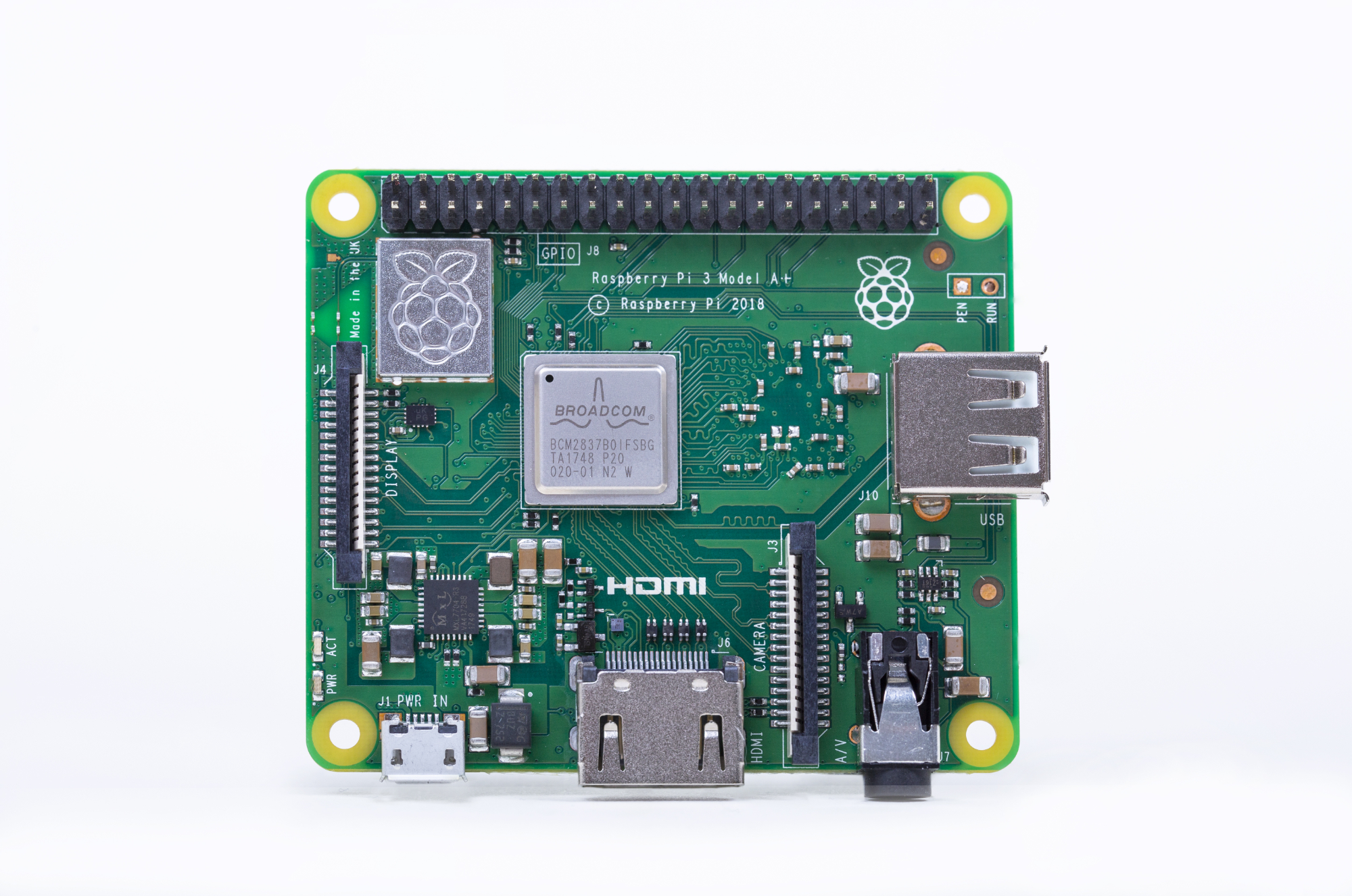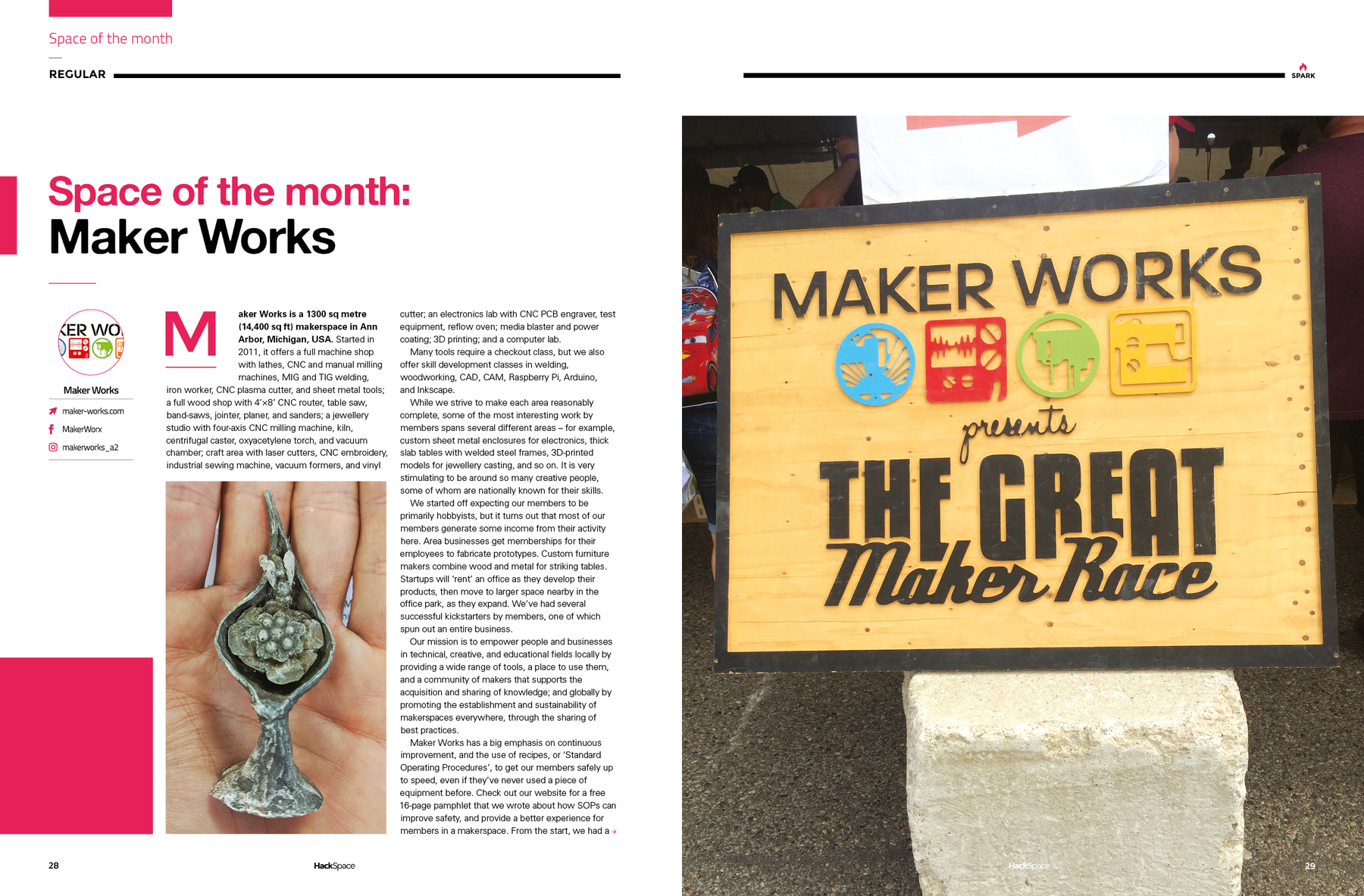Unlock RemoteIoT: SSH Key Free Platform Guide (2024)
Are you drowning in a sea of SSH keys while trying to manage your sprawling IoT empire? It's time to ditch the outdated key management systems because the future is here: RemoteIoT Platform SSH Key Free access is the key to unlocking effortless IoT management without compromising security.
Imagine a world where your smart thermostats, industrial sensors, and connected vehicles all communicate seamlessly, sharing invaluable data and making intelligent decisions without your constant intervention. That's the promise of the Internet of Things (IoT). But the sheer complexity of managing these interconnected devices, especially when it comes to security, can quickly become a major headache. Enter the RemoteIoT platform with SSH key-free access a revolutionary approach designed to simplify device management and enhance security without the cumbersome overhead of traditional SSH keys. Think of it as the ultimate power-up for your IoT infrastructure, allowing you to focus on innovation and growth rather than wrestling with endless authentication processes.
| Category | Information |
|---|---|
| Concept | RemoteIoT Platform SSH Key Free Access |
| Definition | A method of securing and managing IoT devices without relying on traditional SSH keys. |
| Benefits | Simplified Management, Enhanced Security, Cost-Effectiveness, Scalability |
| Challenges | Security Considerations, Interoperability, Data Privacy, Scalability |
| Further Resources | NIST IoT Resources |
This is an exploration of RemoteIoT platforms and their capabilities. It's about understanding how these platforms, especially those that operate without the need for traditional SSH keys, can revolutionize the way we deploy, manage, and secure IoT devices. We'll dissect the core principles of SSH keys, uncover the advantages of SSH key-free access, and provide a practical roadmap for setting up a secure and efficient IoT environment that won't break the bank.
- Breaking The Anna Malygon Leak What You Need To Know Now
- Breaking Jameliz Benitez Smith Onlyfans Leak The Full Story
A RemoteIoT platform, at its core, is a centralized system designed to streamline the management, monitoring, and control of your diverse array of IoT devices from virtually any location on the planet. Think of it as mission control for your smart home, smart factory, or smart city a unified interface that allows you to interact with and orchestrate the behavior of all your connected gadgets. The real game-changer, however, is when these platforms offer SSH key-free access. This implies a paradigm shift away from the traditional method of securing devices using SSH (Secure Shell) keys. These digital keys act like personalized digital signatures, ensuring that only authorized personnel can gain access to your sensitive data and device configurations. Managing these keys, especially across hundreds or thousands of devices, becomes a logistical nightmare, creating a bottleneck that can stifle innovation and increase operational costs. SSH key-free platforms offer a viable alternative, employing advanced encryption techniques and authentication protocols that deliver the same level of security without the key management overhead.
To fully appreciate the benefits of SSH key-free access, it's essential to understand why SSH keys have been such a cornerstone of IoT security for so long. IoT devices, by their very nature, are connected to the internet, making them potential targets for cybercriminals. These devices, often deployed in remote locations or unattended environments, can be vulnerable to a wide range of attacks, from data breaches and malware infections to unauthorized access and device hijacking. SSH keys act as a gatekeeper, verifying the identity of anyone attempting to connect to your devices and preventing unauthorized access. When a user attempts to connect, the device checks if the user's SSH key matches a key stored in its authorized keys file. If there's a match, access is granted; otherwise, the connection is denied. This mechanism significantly reduces the risk of unauthorized access and protects sensitive data from falling into the wrong hands. However, the need to meticulously manage these keys across a sprawling network of devices can quickly become a major operational burden. The process of generating, distributing, storing, rotating, and revoking SSH keys is time-consuming, error-prone, and requires specialized expertise.
The allure of a RemoteIoT platform with SSH key-free access lies in its ability to simplify device management, enhance security, reduce operational costs, and improve scalability. Consider the scenario of managing a fleet of thousands of smart sensors deployed across a vast geographical area. Manually managing SSH keys for each sensor would be an administrative nightmare, prone to errors and inefficiencies. With an SSH key-free platform, you can manage all your devices through a centralized interface, eliminating the need to juggle countless individual keys. Modern SSH-free platforms don't sacrifice security; they bolster it by employing advanced encryption algorithms and multi-factor authentication methods to keep your data safe and secure. These platforms often leverage technologies like Transport Layer Security (TLS) and certificate-based authentication to establish secure connections between devices and the management platform. TLS encrypts the data transmitted between devices, preventing eavesdropping and data tampering, while certificate-based authentication provides a more robust and scalable alternative to SSH keys. The elimination of SSH keys translates directly into cost savings. By automating key management tasks and reducing the risk of human error, organizations can significantly reduce operational expenses and free up valuable IT resources. The enhanced scalability of SSH-free platforms is another major advantage. Whether you have a handful of devices or tens of thousands, these platforms can seamlessly scale to meet your growing needs without requiring a complete overhaul of your security infrastructure. They provide a centralized and automated approach to device management, allowing you to add, remove, and configure devices with ease.
- Ultimate Guide Mkvmoviespoint Bollywood Movies Download Legal Options
- Bolly4u Hindi Movies Your Guide What To Watch Today
Setting up a RemoteIoT platform with SSH key-free access is more accessible than you might think. The first step is to conduct thorough research and identify a platform that aligns with your specific needs and budget. Consider factors like scalability, security features, user-friendliness, integration capabilities, and pricing models. Once you've selected a platform, the next step is to install the necessary software components, which typically involves downloading and installing agents or client applications on your IoT devices and configuring the platform's management console. Many platforms offer user-friendly interfaces that simplify the installation process. After installation, you'll need to connect your IoT devices to the platform and configure the necessary settings, such as network parameters, authentication credentials, and data collection schedules. The platform should provide tools and documentation to guide you through this process. Finally, it's crucial to thoroughly test and optimize your setup to ensure that everything is working as expected. Run comprehensive tests to verify that devices are communicating correctly, data is being collected accurately, and security measures are functioning effectively. Based on the test results, make any necessary adjustments to optimize performance and security.
While SSH-free platforms offer significant advantages, it's crucial to prioritize security. Strong passwords are paramount, even in the absence of SSH keys. Avoid using easily guessable passwords and encourage the use of complex, unique passwords for all user accounts. Enable two-factor authentication (2FA) to add an extra layer of security. 2FA requires users to provide a second form of verification, such as a one-time code sent to their mobile device, in addition to their password. Regularly updating firmware ensures your devices are protected against the latest security vulnerabilities. Firmware updates often include critical security patches that address newly discovered threats. Monitoring activity logs can help you detect and respond to suspicious activity. Regularly review logs to identify any unauthorized access attempts, unusual traffic patterns, or other security anomalies. Establish a clear incident response plan to guide your actions in the event of a security breach. The plan should outline the steps to take to contain the breach, investigate the cause, and recover from the incident.
Effective IoT device management requires a comprehensive approach that encompasses network segmentation, meticulous documentation, access control, and regular security audits. Network segmentation involves isolating your IoT devices on a separate network to minimize the risk of a breach spreading to other parts of your organization. This can be achieved by using VLANs (Virtual LANs) or firewalls to create separate network segments. Detailed records of your devices, configurations, and access permissions are essential for troubleshooting, security audits, and compliance purposes. Keep track of device serial numbers, firmware versions, network addresses, user accounts, and other relevant information. Limit access to your IoT devices to only trusted users and revoke permissions when they are no longer needed. Implement the principle of least privilege, granting users only the minimum level of access required to perform their job duties. Conduct regular security audits to identify and address potential vulnerabilities. These audits should include vulnerability scanning, penetration testing, and a review of security policies and procedures.
Choosing the right RemoteIoT platform is a critical decision that can significantly impact the success of your IoT deployments. Consider the platform's ability to scale to meet your growing needs. Can it handle a large number of devices and a high volume of data? Does it offer robust security measures to protect your data and devices from cyber threats? Look for features like encryption, multi-factor authentication, intrusion detection, and vulnerability scanning. The platform should be easy to use and navigate, with a clear and intuitive interface. Consider the total cost of ownership, including licensing fees, support costs, and infrastructure expenses. Some platforms offer a free trial period, allowing you to test the platform before committing to a purchase.
Managing IoT devices doesn't have to be prohibitively expensive. Open-source platforms offer a cost-effective alternative to commercial solutions. These platforms are typically free to use and offer a wide range of features and functionalities. Cloud-based solutions can help you reduce infrastructure costs by offloading the burden of managing servers, storage, and networking equipment. With a cloud-based platform, you pay only for the resources you consume. Building your own IoT management system can be a viable option if you have the technical expertise and resources. This approach gives you complete control over your system but requires a significant investment of time and effort. Consider the long-term costs of maintaining and supporting your DIY solution.
While IoT offers transformative potential, deploying and managing IoT devices presents several challenges. Ensuring that devices from different manufacturers can communicate seamlessly with each other is a major hurdle. Data privacy is another critical concern. Protect sensitive data by implementing strong encryption and access controls, and comply with all applicable privacy regulations. Plan for growth and choose a platform that can scale to accommodate your evolving needs. Select a platform that offers flexible deployment options and can support a wide range of device types. IoT deployments often require specialized expertise in areas such as networking, security, data analytics, and cloud computing. Invest in training and development to ensure your team has the skills and knowledge needed to succeed.
- Bolly4u Movie Your Ultimate Guide Streaming Tips Year
- Sara Saffari The Untold Story Behind Her Success 2024 Update

Revolutionizing IoT Management With RemoteIoT Platform SSH Key Free

RemoteIoT Platform SSH Key Free Raspberry Pi A Comprehensive Guide

RemoteIoT Platform SSH Key For Raspberry Pi Free Guide To Secure